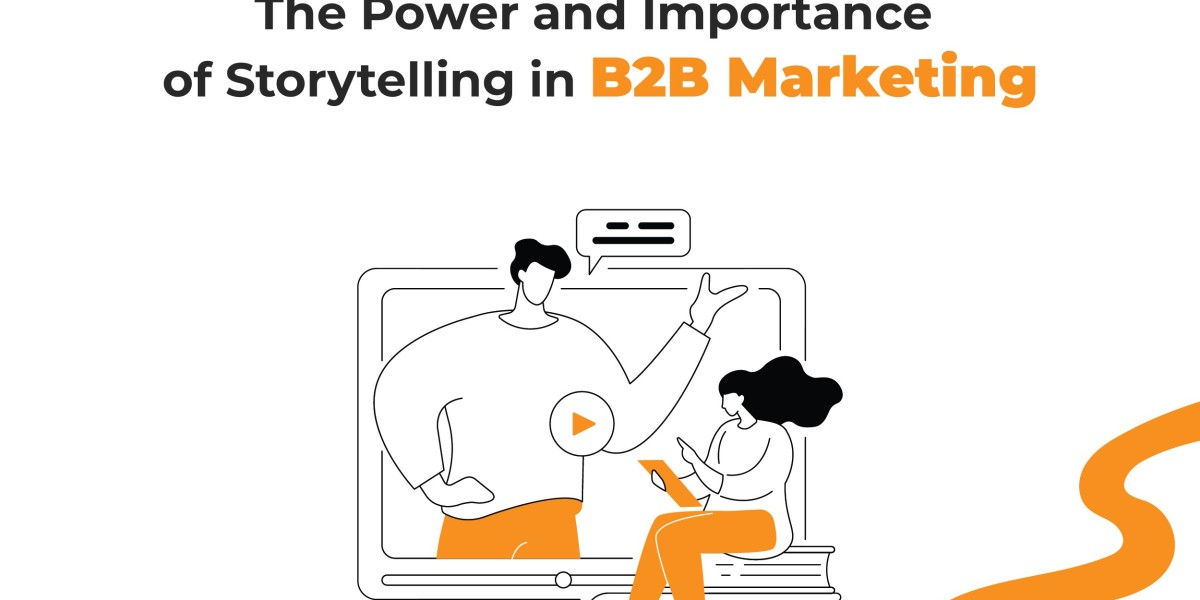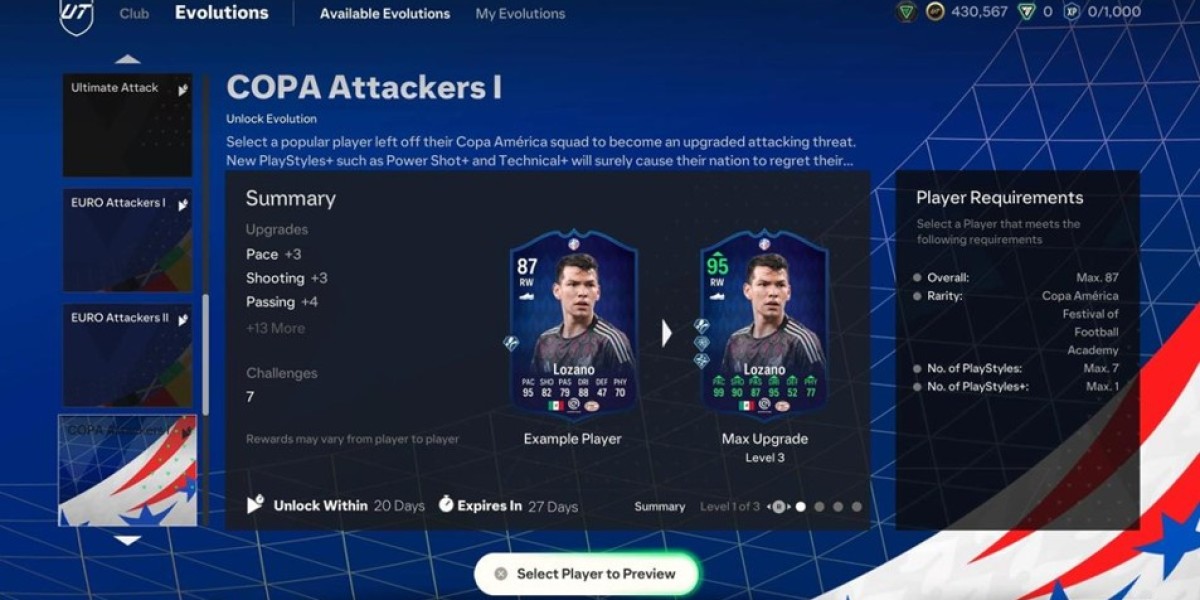The B2B buyer's journey is no longer a linear path from awareness to purchase. Today's informed buyers conduct extensive research, navigate complex decision-making processes, and often face internal hurdles before signing on the dotted line. Here's where storytelling becomes a powerful tool for B2B marketers, guiding potential customers through their journey and ultimately leading them to your brand as the trusted solution.
The B2B Buyer's Journey as a Storytelling Canvas:
Imagine the B2B buyer's journey as a grand adventure story. The protagonist (your potential customer) faces a challenge, embarks on a quest for knowledge and solutions, and ultimately seeks a happy ending (achieving their goals). Your B2B marketing content becomes the guide, map, and even the trusty companion on their journey.
- Awareness Stage: Setting the Scene:
- In this stage, the buyer becomes aware of a problem or challenge they face in their business. Your storytelling role is to introduce this challenge in a relatable way.
- Craft blog posts, infographics, or social media content that highlight common industry pain points and subtly introduce your brand as a potential source of solutions.
- Consideration Stage: The Quest for Knowledge:
- Now, the buyer actively researches solutions. Your B2B marketing content transforms into a guide, offering valuable resources like white papers, webinars, or case studies.
- Use storytelling to showcase how your product or service has helped other businesses overcome similar challenges. Customer testimonials, success stories, or even data-driven case studies can be powerful tools in this stage.
- Decision Stage: The Climax and Resolution:
- The buyer evaluates different options and narrows down their choices. Here, your storytelling becomes more persuasive, highlighting the unique value proposition of your brand.
- Free trials, product demos, or interactive content can be presented as opportunities for the buyer to "test drive" your solution and experience its benefits firsthand.
- Retention Stage: The Happily Ever After (and Beyond):
- The buyer has chosen your brand! But the story doesn't end there. Now, focus on building a long-term relationship and ensuring customer satisfaction.
- Share ongoing success stories featuring your client's continued achievements with your solution. Offer educational content or resources that help them maximize the value they get from your product or service.
Storytelling Techniques for Each Stage of the B2B Buyer's Journey:
- Awareness Stage: Use relatable anecdotes, industry trends, or even humour to capture attention and introduce the challenge your audience faces.
- Consideration Stage: Leverage customer testimonials, case studies, and data-driven insights to showcase the effectiveness of your solution.
- Decision Stage: Focus on product demos, free trials, or interactive content that allows the buyer to experience the value proposition firsthand.
- Retention Stage: Share ongoing success stories, educational content, and resources that demonstrate your commitment to long-term customer success.
The Power of Storytelling in Action:
Imagine a B2B marketing campaign for a cybersecurity software company. Instead of simply listing technical features, the campaign could tell the story of a company that suffered a devastating data breach. The narrative would highlight the challenges they faced, the financial and reputational damage incurred, and the emotional toll on the employees. Then, introduce your cybersecurity software as the hero that helped them rebuild their defences, prevent future attacks, and restore trust with their customers. This story not only showcases the technical capabilities of the software but also resonates with the emotional concerns of potential buyers facing similar cybersecurity threats.
By tailoring your B2B marketing storytelling to each stage of the buyer's journey, you can create a compelling narrative that guides your audience towards your brand as the solution they seek. Remember, storytelling is not just about entertainment; it's a strategic tool for building trust, fostering connections, and ultimately driving successful business outcomes.



